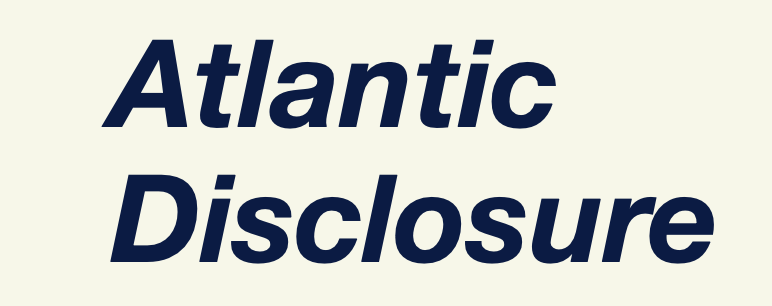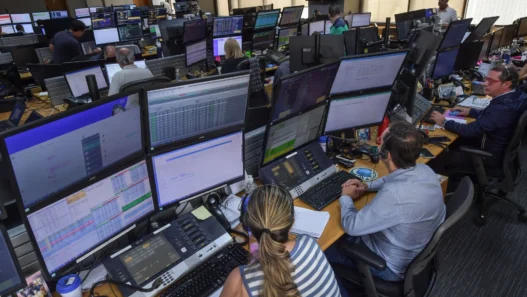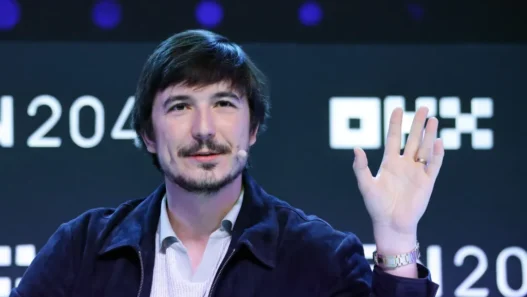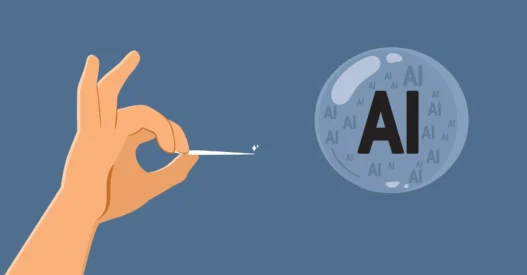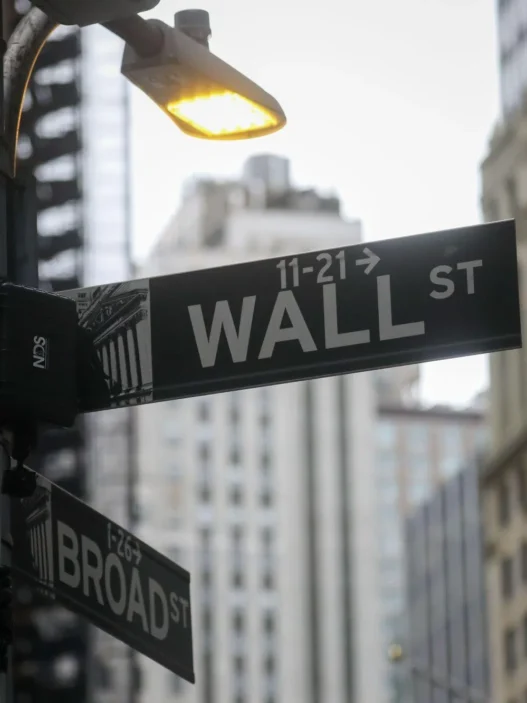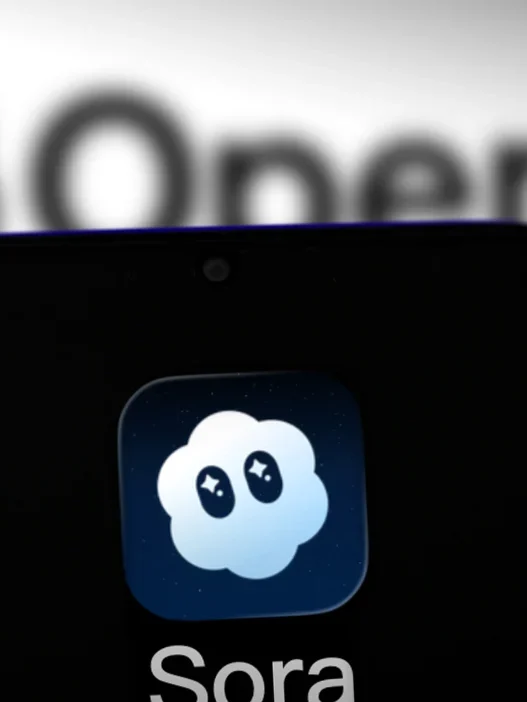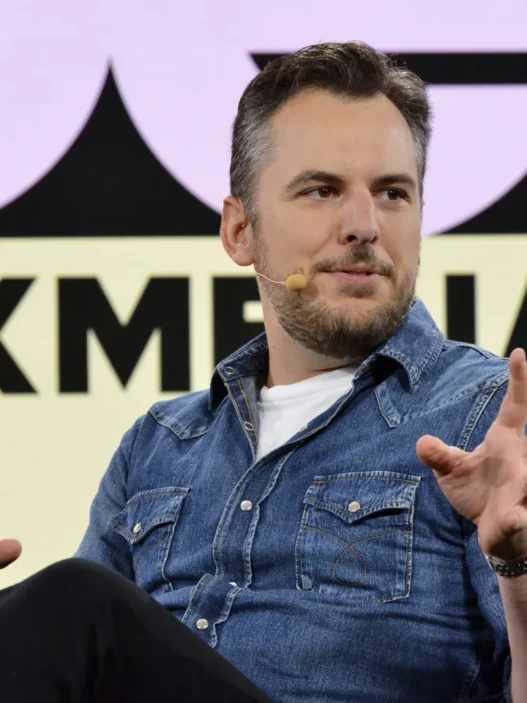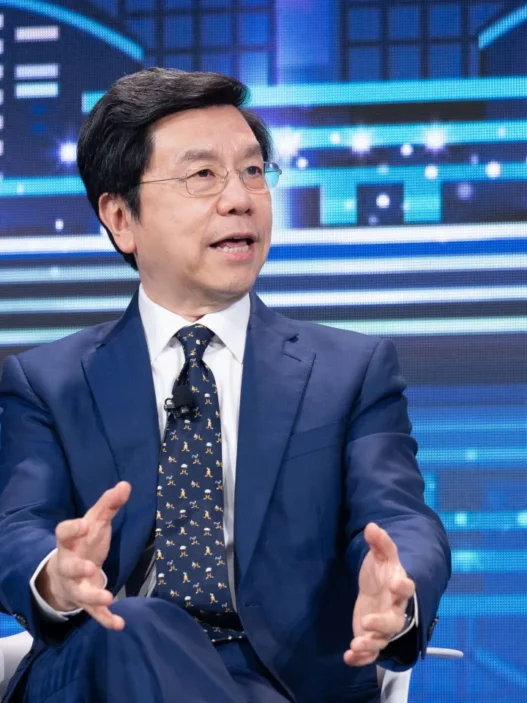The world’s obsession with artificial intelligence has reached a fever pitch. From Wall Street trading floors to Silicon Valley boardrooms, AI is the hottest—and riskiest—investment story of the decade. But as valuations soar past reality and startup funding hits record levels, a growing chorus of economists and investors are warning that the AI boom may be on the verge of becoming the next trillion-dollar bubble.
The AI Boom That Reshaped Global Markets
Since OpenAI’s ChatGPT first captured public imagination in late 2022, artificial intelligence has evolved from a niche technology into the cornerstone of global business strategy. Tech giants like Nvidia, Microsoft, and Alphabet have seen their market capitalizations skyrocket, while AI startups worldwide have raised hundreds of billions of dollars in private funding.
According to PitchBook, AI-related companies attracted over $480 billion in venture capital in 2024 alone — nearly double the amount invested in all other tech sectors combined.
The rally has been fueled by soaring demand for AI chips, large language models, and enterprise automation tools. Nvidia, the de facto face of the boom, became the world’s most valuable company earlier this year with a market capitalization surpassing $3 trillion, largely driven by its dominance in AI hardware.
“AI is the new electricity — it’s transforming everything from healthcare to finance to entertainment,” said Marianne Zhao, an analyst at Morgan Stanley. “But that doesn’t mean every AI company will survive the next five years.”
The Warning Signs: Exuberance, Overvaluation, and Imitation
While AI is undeniably transformative, analysts say the market frenzy has outpaced the technology’s real-world adoption curve. Startups with little more than a prototype are being valued at billions, while public companies are being rewarded for even minor AI-related announcements.
“It’s classic speculative behavior,” warned Robert Shiller, Nobel laureate in economics. “When valuations are driven more by hype and less by earnings, you’re looking at bubble dynamics.”
Several red flags mirror past speculative booms:
- Excessive valuations — Some AI startups are trading at price-to-sales ratios exceeding 100x, levels unseen since the dot-com bubble of the early 2000s.
- Corporate “AI washing” — Non-tech firms are increasingly rebranding themselves as AI-driven to attract investors, echoing the “blockchain” and “metaverse” hype cycles of the past decade.
- Over-leveraged investments — Hedge funds and retail traders alike are using margin and leveraged products to bet on AI-related stocks, amplifying potential risks.
- Limited profitability — Despite massive funding rounds, most AI startups remain unprofitable, and their path to sustainable revenue remains uncertain.
The Chip Frenzy: Fueling the Fire
One of the biggest contributors to the bubble narrative is the explosive demand for AI hardware.
Nvidia’s GPUs, essential for training large AI models, have become so sought after that companies are placing orders years in advance. Competitors like AMD, Intel, and Taiwan Semiconductor Manufacturing Co. (TSMC) have ramped up production, but global supply remains tight.
As a result, chip prices have surged 400–600% over the past two years, creating an environment where investors are chasing supply chain stocks—many of which have little direct exposure to AI itself.
“It’s eerily similar to the 1849 Gold Rush,” said David Niles, senior economist at the World Bank. “Everyone’s trying to sell picks and shovels, but few will strike gold.”
Startups and the “AI Mirage”
The explosion in venture funding has also led to a proliferation of copycat startups. From AI-powered HR tools to generative art platforms, thousands of small companies are competing for the same limited market share.
Many of these startups rely heavily on APIs from OpenAI, Anthropic, or Google Cloud, meaning they don’t actually own the core technology they’re selling. This dependency raises serious concerns about long-term viability.
“Most AI startups today are essentially front-end wrappers around someone else’s model,” said Lena Hoffman, a venture capitalist at Sequoia Capital. “The real money is being made by the infrastructure providers, not the application builders.”
The Global Race for AI Supremacy
Beyond financial speculation, AI has also become a geopolitical arms race. Governments from Washington to Beijingare pouring billions into AI research, viewing it as the key to future military, economic, and cybersecurity dominance.
In the U.S., the Biden administration and several states have announced new funding packages to support domestic AI innovation. Meanwhile, China has accelerated its national AI strategy, investing heavily in semiconductors, cloud computing, and surveillance technology.
While this global race has spurred innovation, it also fuels unsustainable spending and unrealistic expectations. Industry analysts fear that national pride and political competition are now amplifying the speculative bubble.
“We’re witnessing an economic and psychological feedback loop,” said Dr. Hiroshi Watanabe, a professor of international economics at the University of Tokyo. “The more governments invest, the more private investors assume the technology is infallible.”
Lessons from the Past: The Dot-Com Parallels
Many economists are drawing direct parallels between today’s AI boom and the dot-com bubble of the late 1990s.
Like the internet revolution, AI is a world-changing technology — but that doesn’t mean all players will survive. At the height of the dot-com mania, investors poured billions into companies that promised digital transformation but lacked real business models.
When the bubble burst in 2000, the Nasdaq lost nearly 80% of its value, and thousands of startups disappeared overnight.
“AI is real, just as the internet was real,” said Kathy Wood, CEO of ARK Invest. “But timing matters. Many of today’s AI startups will vanish before the winners emerge.”
Could the Bubble Actually Be Healthy?
Not everyone sees the bubble as bad news. Some economists argue that bubbles are necessary catalysts for innovation.
Historically, speculative booms have accelerated technological progress by flooding emerging sectors with capital — even if many investors lose money. The railroad boom, the internet bubble, and the clean energy surge all left behind critical infrastructure and knowledge that benefited society long after the bubbles burst.
“A trillion-dollar AI bubble could still produce trillion-dollar technologies,” said Dr. Mark O’Donnell, senior fellow at the Brookings Institution. “Yes, there will be pain. But innovation thrives on excess.”
The Road Ahead: Boom, Bust, or Transformation?
As of late 2025, the AI market shows no signs of slowing. Venture capital continues to pour in, governments are expanding subsidies, and corporate spending on AI tools is expected to exceed $1.3 trillion by 2026, according to McKinsey.
Yet the sustainability of that growth remains in question. Analysts predict a major correction could occur as early as 2026 if investor expectations outpace actual profitability.
“AI isn’t a bubble yet — it’s a balloon,” said Harvey Grant, chief strategist at JPMorgan. “It’s still inflating, but the question is whether it will deflate softly or burst spectacularly.”
Conclusion
Artificial intelligence is reshaping the world at an unprecedented speed — from finance to healthcare, from warfare to entertainment. But as with every revolution in history, hype has a way of outrunning reality.
Whether the AI boom proves to be the dawn of a new industrial age or the prelude to another financial meltdown depends on how wisely investors, companies, and governments navigate the years ahead.
For now, the message from analysts is clear: the future of AI is bright, but the path there may be lined with speculative shadows — and the price of learning could be measured in trillions.
